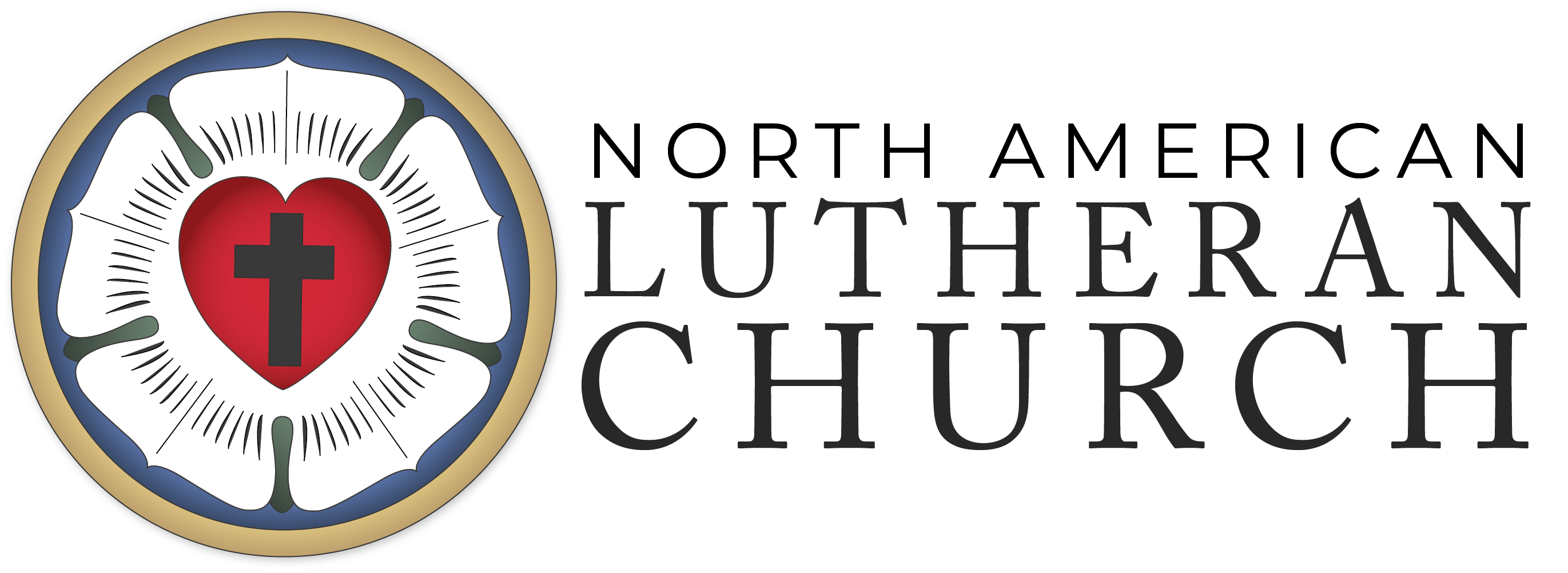
About the Commemoration
The Week of Prayer for Christian Unity Continues
Agnes, a young Roman woman, executed in 304 at the age of twelve or thirteen, is one of the most famous of Roman martyrs, even though little is known about her life. She was martyred in Rome under the persecution of the Emperor Diocletian and was buried in the cemetery on the Via Nomentana, where the daughter or granddaughter of Constantine built a church in her honor ca. 350. Her name and the date of her feast day occur on the calendar of martyrs drawn up in 354.
Her story seems to be that at age twelve or thirteen she refused to consider marriage and consecrated her virginity to God. When persecution broke out, she left home and offered herself for martyrdom, resisted threats, and was executed by being stabbed in the throat, a common Roman form of execution. Her willingness to offer herself as a sacrifice made a deep impression on the Church because it contrasted sharply with the massive defections that were ravaging the Roman community at this time. In Rome, because of the similarity of her name to Agnus, lamb, two lambs are presented and blessed on this day at her altar in the church of St. Agnese fuori le Mura and then are cared for by nuns of Santa Cecelia in Trastavere. Their wool is used for the white cloth of the pallium the pope confers to archbishops as a sign of respect and affection.
Agnes is commemorated on this date in both East and West and is found on the General Roman Calendar, the calendar in the Book of Common Prayer, the Methodist For All the Saints, the 1997 Church of England calendar the Christian Year, and Evangelical Lutheran Worship (2006).
Excerpts from New Book of Festivals & Commemorations: A Proposed Common Calendar of Saints by Philip H. Pfatteicher, copyright, 2008 by Fortress Press, an imprint of Augsburg Fortress.
See also: Agnes of Rome; Week of Prayer for Christian Unity
Reading
From From a treatise on Virgins by St. Ambrose
Today is the birthday of a virgin; let us imitate her purity. It is the birthday of a martyr; let us offer ourselves in sacrifice. It is the heavenly birthday of Saint Agnes, who is said to have suffered martyrdom at the age of twelve. The cruelty that did not spare her youth shows all the more clearly the faith that found a witness in one so young.
There was little room in that small body for a wound. Although she was scarcely large enough to be struck, she was great enough to overcome it. Girls her age cannot bear even their parents’ frowns and think the jab of a needle a serious wound. But Agnes showed no fear of the blood-stained hands of her executioners. She did not cringe at the harsh sound of heavy chains. She offered her whole body to be put to the sword by fierce soldiers; she was too young to know of death, yet was ready to face it Dragged to the altar, she stretched out her hands to the Lord in the midst of the flames, making the triumphant sign of Christ the victor on the altars of sacrilege. She put her neck and hands in iron chains, but they were too large for her tiny limbs. A new kind of martyrdom! She was too young to be punished, yet old enough for a martyr’s crown; she was unfitted for the contest, yet effortless in victory. She showed herself an exemplar in valor despite her youth. Were she a bride she would not hasten to her husband with the same joy that she showed on her way to punishment, crowned not with flowers but with holiness of life, adorned not with braided hair but with Christ himself.
In the midst of tears, she shed no tears herself. The crowds marveled at her recklessness in throwing away a life untasted, as if she had already lived life to the full. All were amazed that one not yet of legal age could give her testimony to God. So she succeeded in convincing others of her testimony about God, though her testimony in human affairs could not yet be accepted. What is beyond the power of nature, must come from its creator.
What menaces there were from the executioner, to frighten her; what promises made, to win her over; what influential people desired her in marriage! She answered: “To hope that any other will please me does wrong to my Spouse. I will be his who first chose me for himself. Executioner, why do you delay? If eyes that I do not want can desire this body, then let it perish.” She stood still, she prayed, she offered her neck.
You could see fear in the eyes of the executioner, as if he were the one condemned; his right hand trembled, his face grew pale as he saw the girl’s peril, while she had no fear for herself. One victim, but a twin martyrdom, to modesty and to religion; Agnes preserved her virginity, and gained a martyr’s crown.
Book 1, trans. PHP, based on A Short Breviary by the monks of St. John’s Abbey and the International Committee on English in the Liturgy.
Propers
Almighty and everlasting God, you choose those whom the world deems powerless to put the powerful to shame: Grant us so to cherish the memory of your youthful martyr Agnes, that we may share her pure and steadfast faith in you; through Jesus Christ our Lord, who lives and reigns with you and the Holy Spirit, one God, forever and ever.
1952 Roman Missal, RS, trans. LFF
Readings: Song of Solomon 2:10-13; Psalm 45:11-16 or 116:1-8; Matthew 18:1-6
Hymn of the Day: “Blessed feasts of blessed martyrs” (H82 238, 239) or “Lord, take my hand and lead me” (LBW 333, LSB 722, ELW 767)
Prayers: For all Christian children and teenagers, especially those enacting ridicule fur their faith and life; For church schools and Christian youth groups; For those who teach and work with young people For a willingness to learn from children; For the unity of the church; For Lutheran, Moravian, and Methodist Churches.
Preface: A Saint (3)
Color: Red
